
Review: Soviet design exhibition, Moscow (15 images)
Published on
Vacuum cleaners, children’s toys and cars will take you back decades at the Soviet design in the 1950s-1980s exhibition, which is running at the Moscow design museum until 20 January 2013. Our correspondent goes back to the USSR

Old soviet landline phones, radio sets (pictured) and electric guitars are some of the objects featured at the soviet design 1950s-1980s exhibition, which is running at Moscow's central exhibition hall Manej between 30 November 2012 and 20 January 2013 (Image: © Moscow Design Museum)
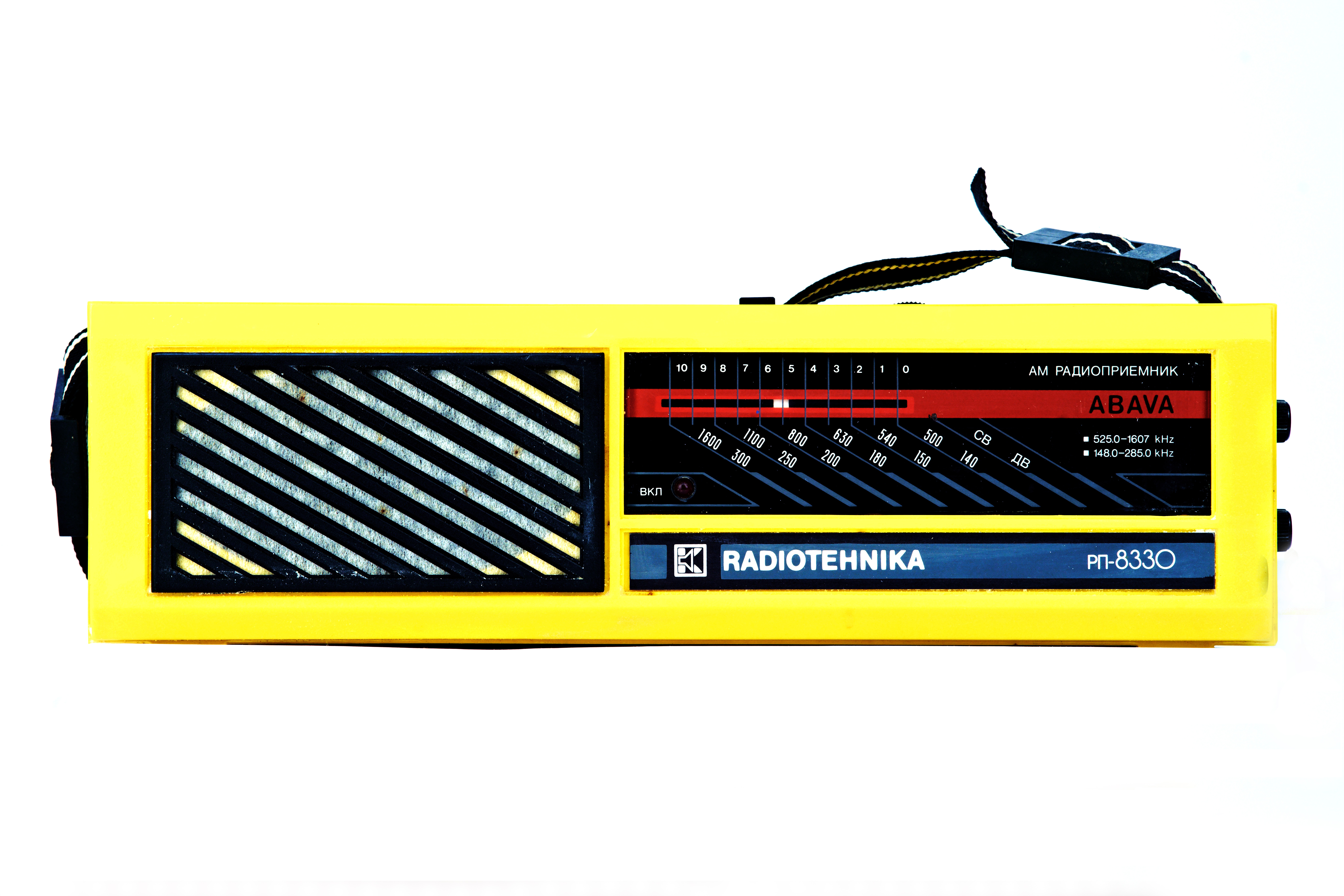
All these products of soviet life create a special sense of nostalgia in those who lived in the USSR. Today, these things have become design objects. Their shapes, colours and tones eloquently speak about the soviet era and can tell a whole story (Image: © Moscow Design Museum)
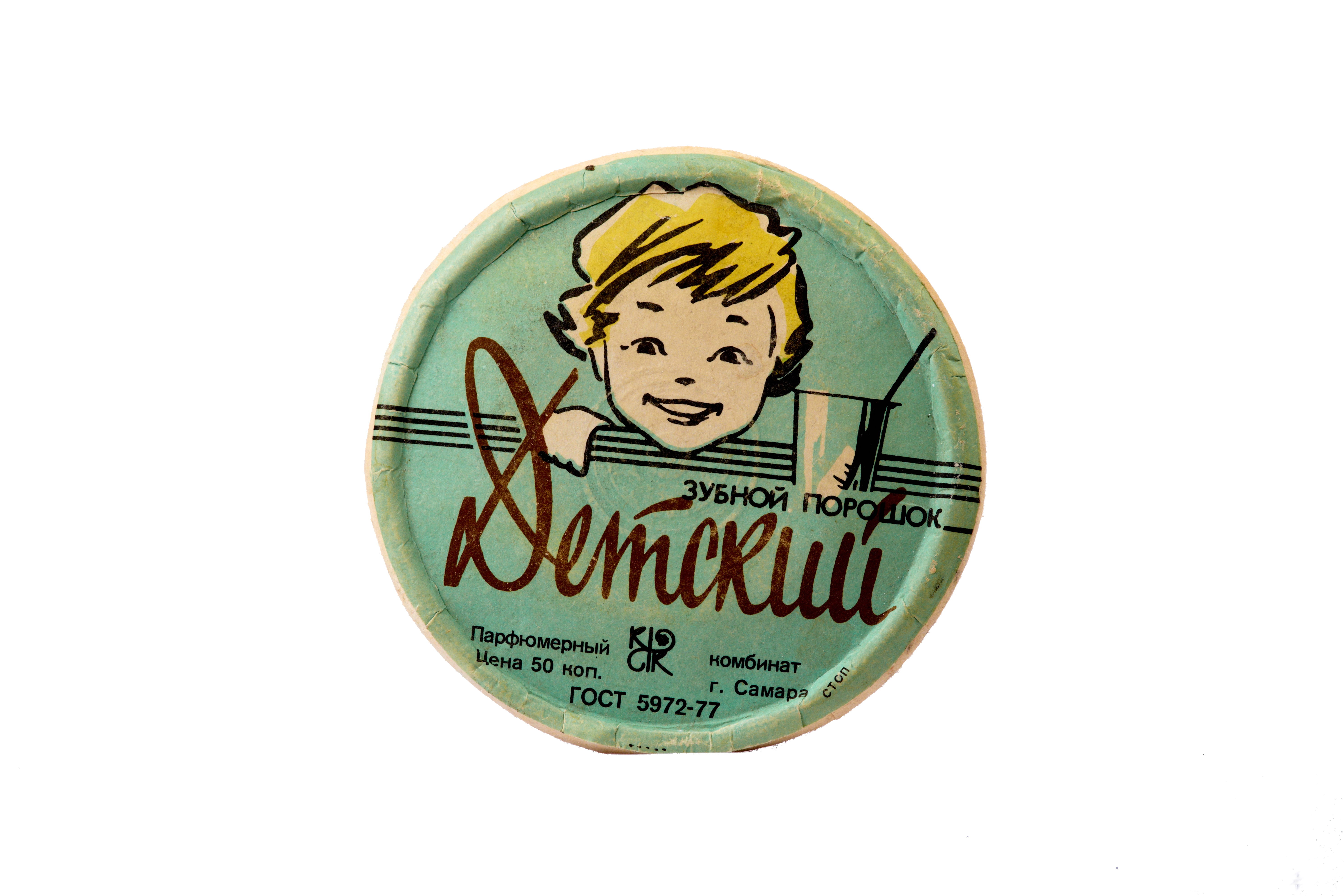
The exhibition not only makes visitors recall the things they were surrounded during their childhood and youth, but it also provokes them to reassess the forgotten objects (Image: © Moscow Design Museum)

The organisers say they wanted to prove that design existed in soviet Russia - although it was called ‘industrial construction’ then - and fill the existing gap between the old and new generation of designers (Image: © Moscow Design Museum)
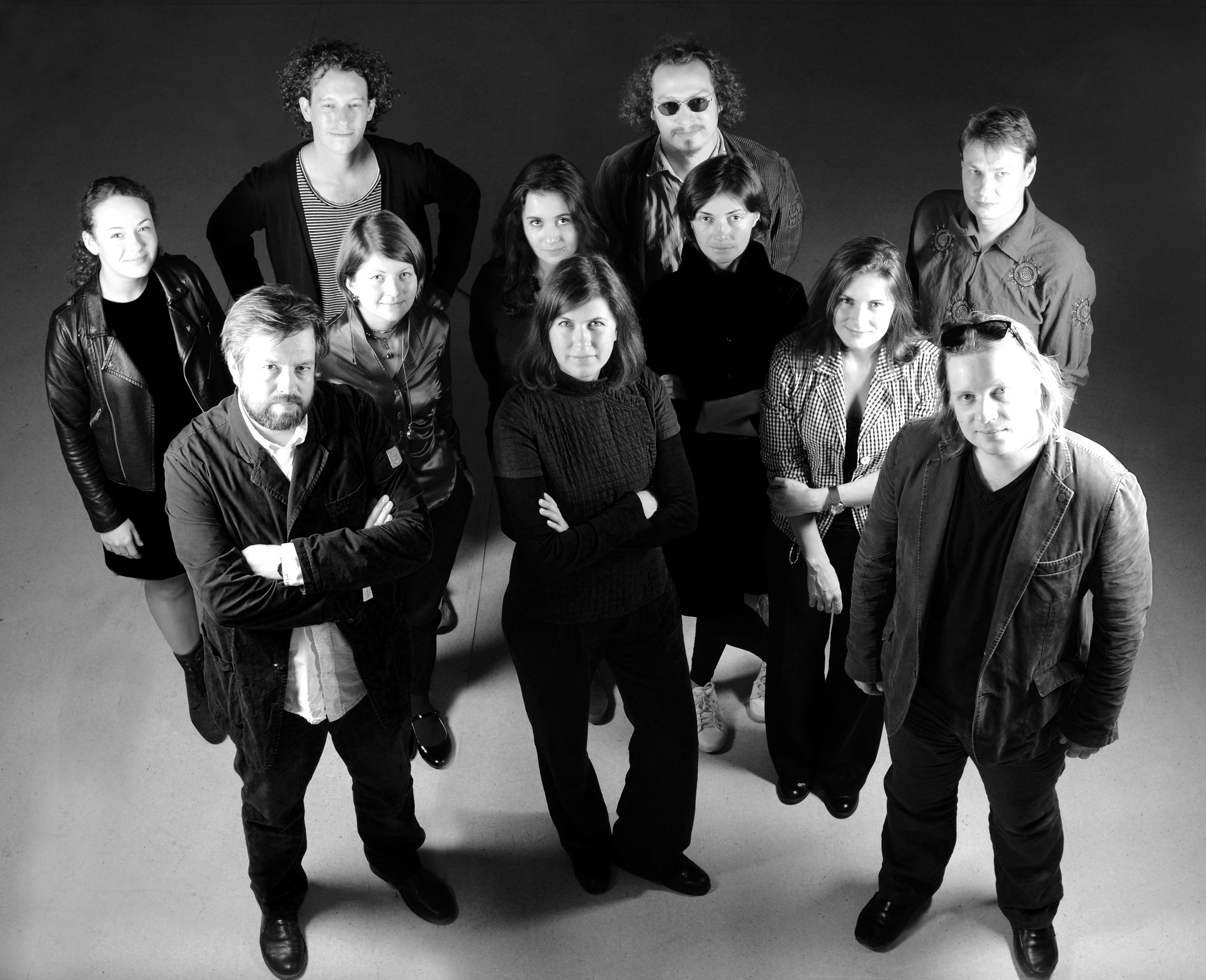
‘Unfortunately, design students in contemporary Russia are unaware and ignorant about their predecessors’ works. And if you don’t know your roots, you will go nowhere,’ says Alyona Sokolnikova, one of the curators of the Moscow design museum (pictured. Image: © Moscow Design Museum)
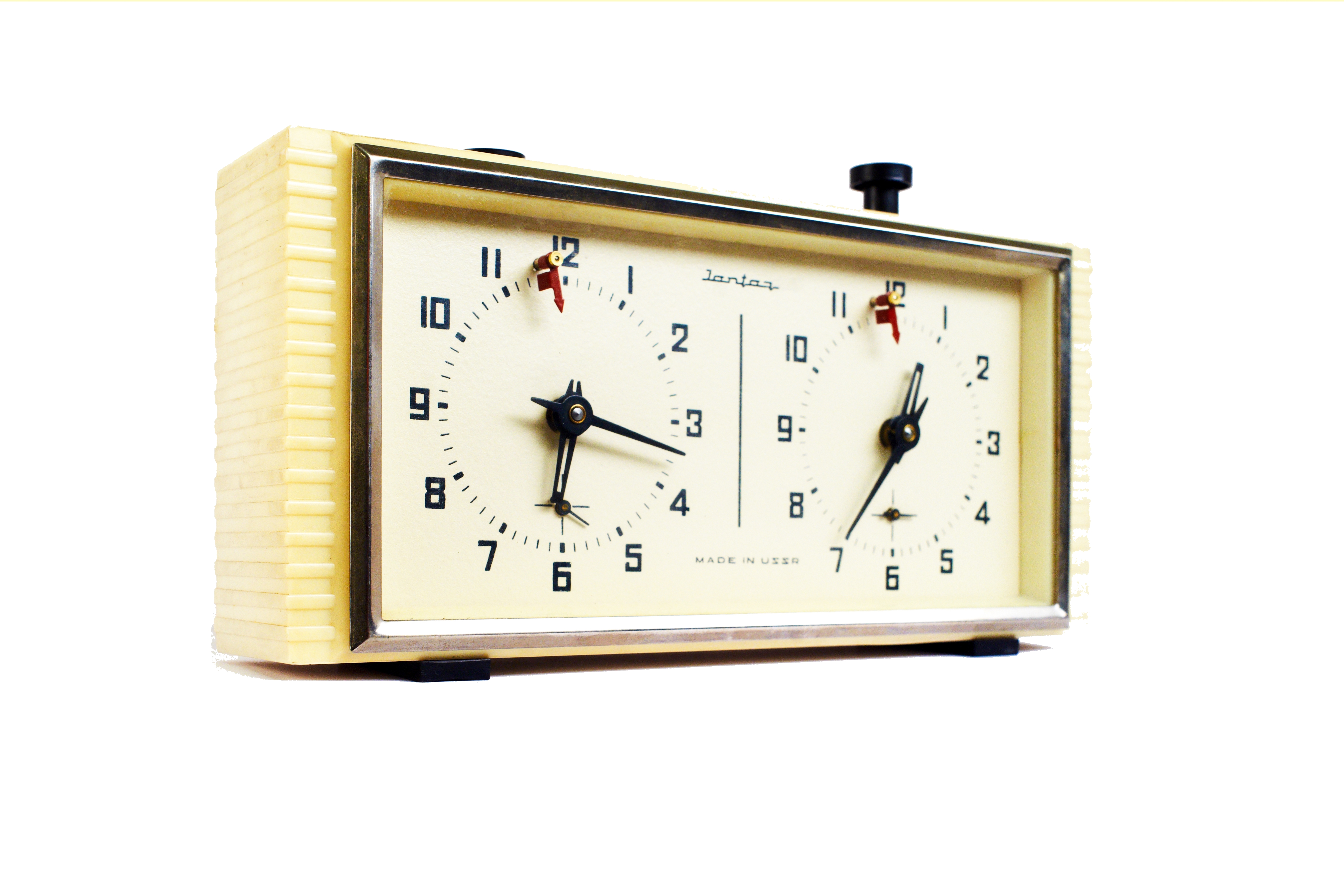
The rather small exhibition puts different objects of industrial design on display, from vacuum cleaners and washing machines to sophisticated clocks (pictured), car models and motorbikes. Some of the objects are very common for any soviet citizen, as it is almost sure he or she had one at home (Image: © Moscow Design Museum)
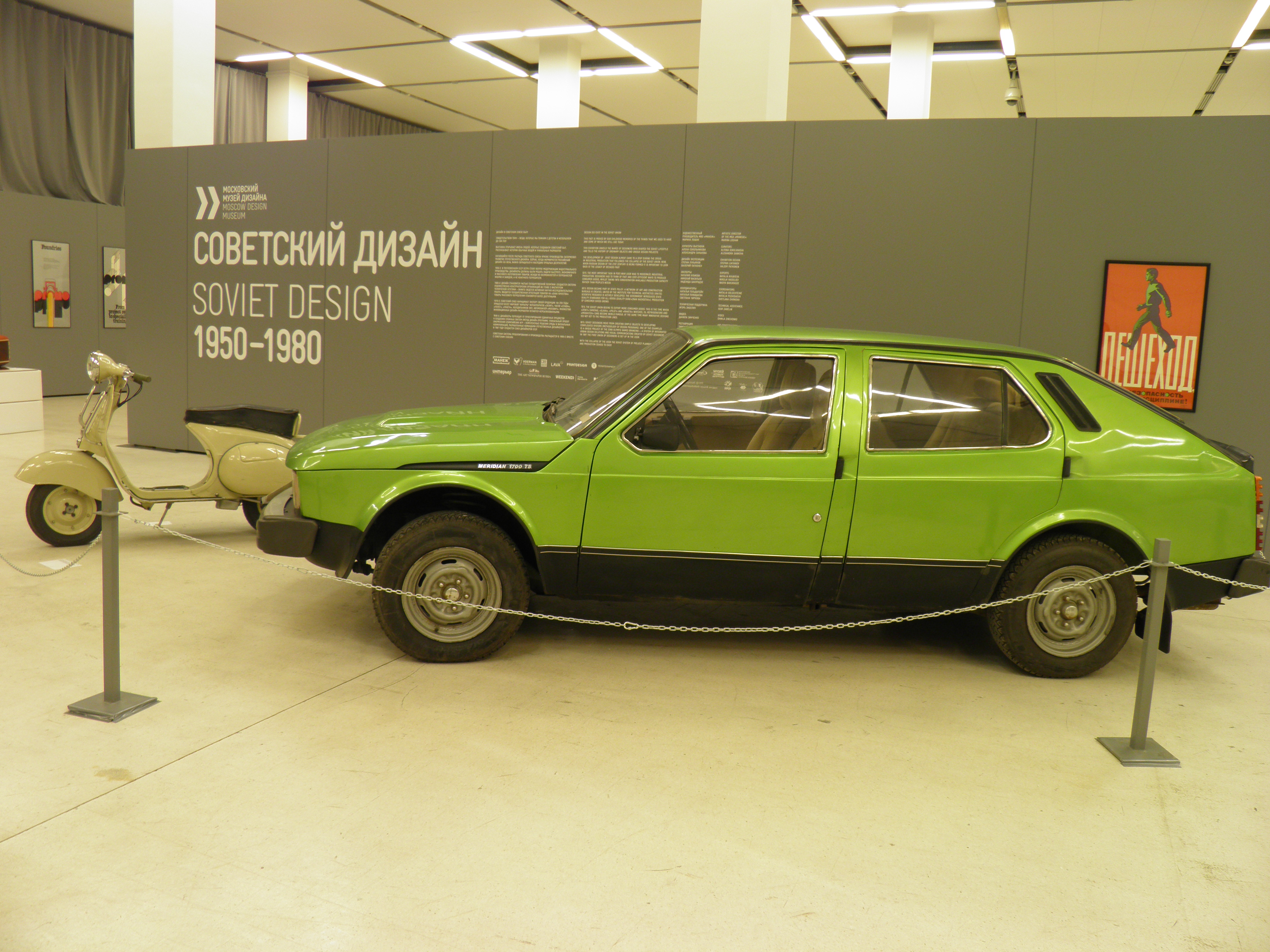
However, some products are unique as they were designed, but never reached the market for various reasons. For example, the special light green car, which was called Crocodile Gena after a famous cartoon character, now looks quite innovative for its time. However, it was never produced for the mass consumer. The soviet authorities decided that its design was too bold and didn’t match soviet standards; it simply looked like a western-style car (Image: © Diana Kulchitskaya)
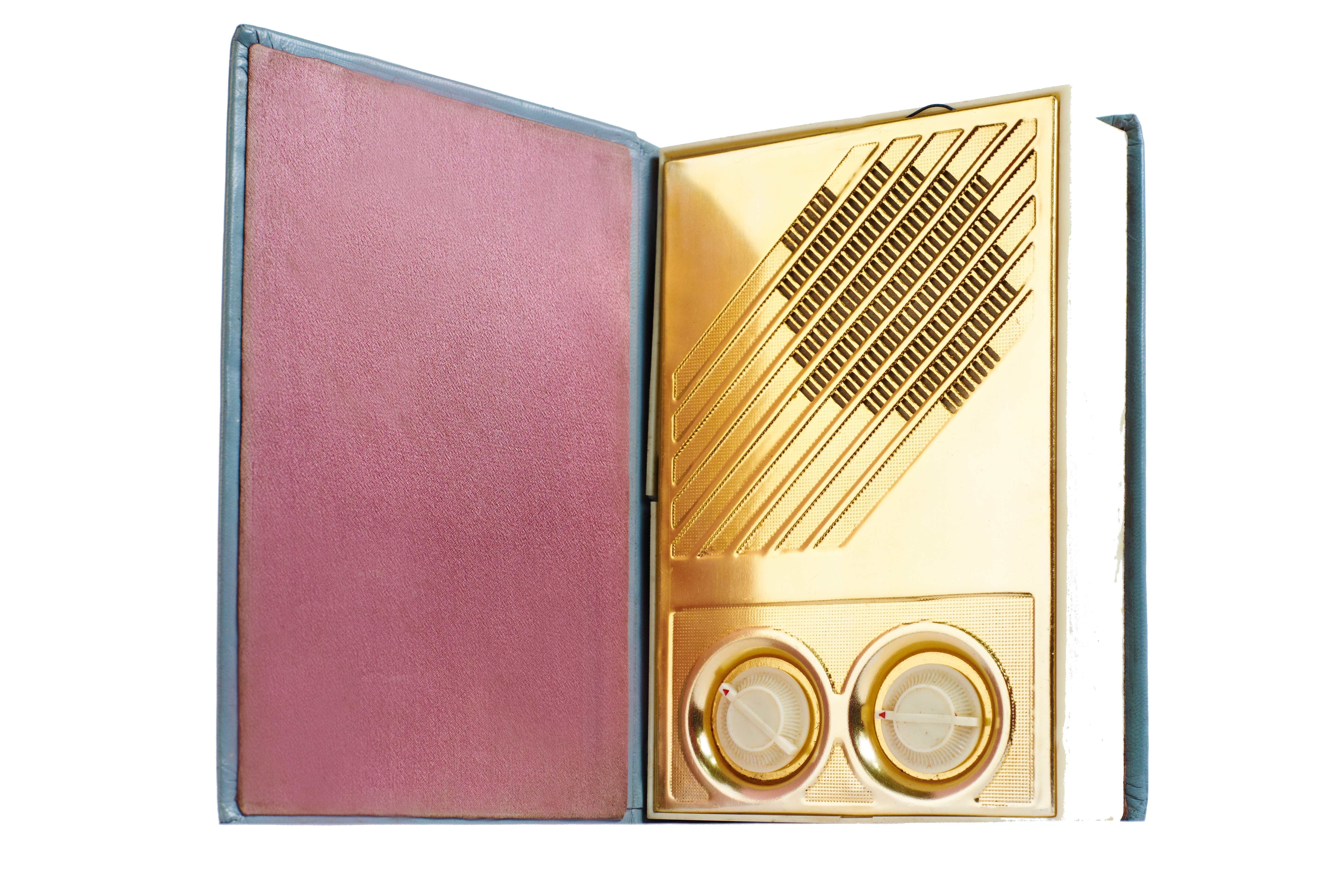
The designers of many other objects suffered because of bureaucracy and the narrow-mindedness of some leaders (Image: © Moscow Design Museum)

‘We have no intention of promoting soviet items,’ adds Alyona Sokolnikova, as she goes on to explain that soviet objects were often criticised for their standard looks and bad quality. People didn’t have a choice and had to buy the things which were on the market (Image: © Moscow Design Museum)
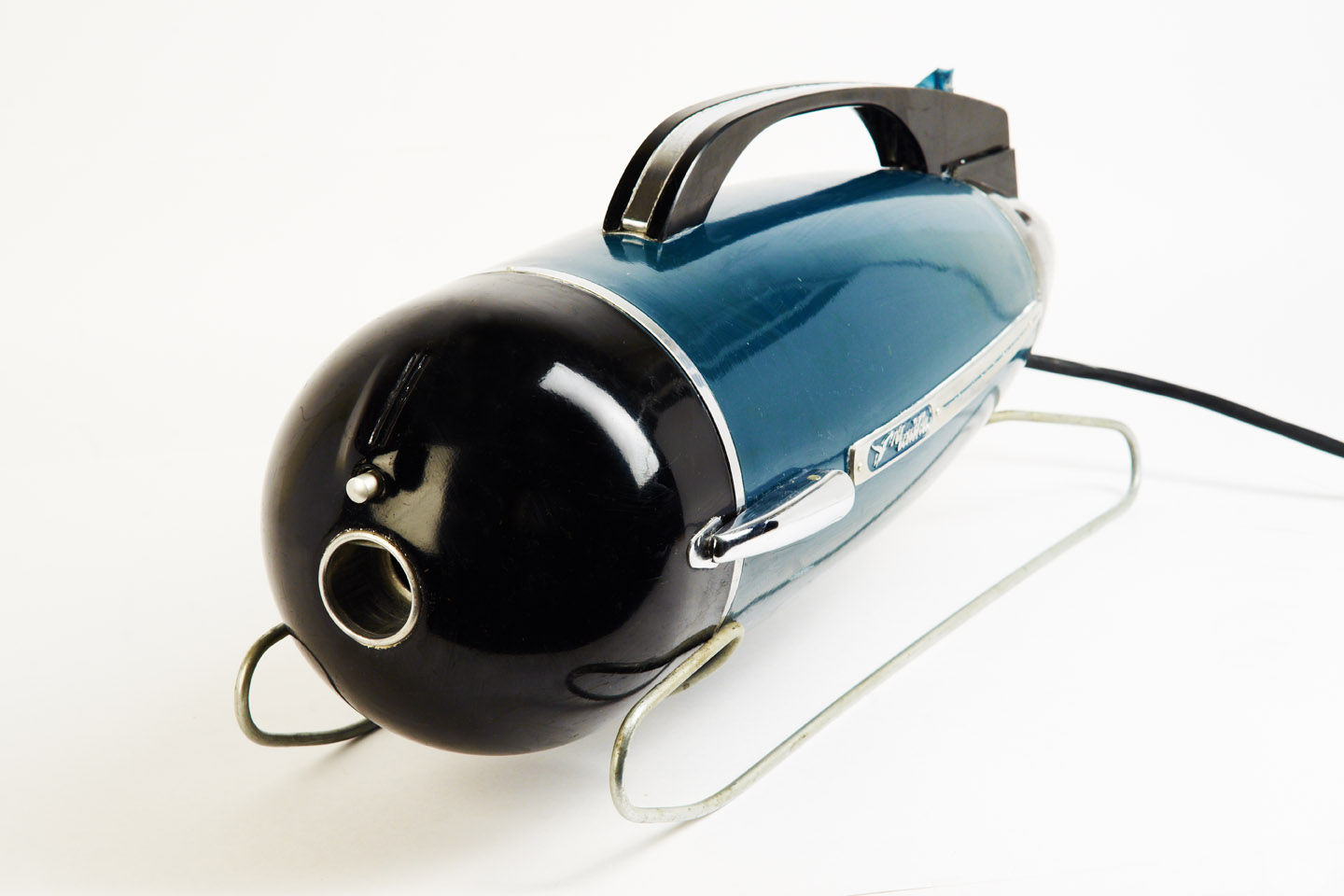
However, this rule has exceptions. Many good pieces of equipment produced in the USSR were very durable and lasting, and were made to be used for a long time, such as the famous vacuum cleaner 'tchaika' (pictured) and the refrigerator 'zil'. Some people still use them (Image: © Moscow Design Museum)

Some of the design objects on display are hard to find as they come from individual collections; others were found in storerooms of several Moscow museums (Image: © Moscow Design Museum)
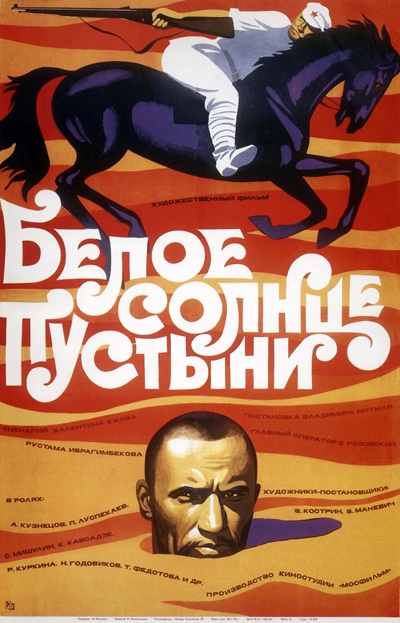
Exhibition organisers also interviewed famous soviet designers such as Igor Zaitsev, who designed the famous Moskvitch car factory. The footage is screened on LCD screens near almost each object. Sokolnikova confesses that whilst most designers were friendly and willing to speak, some of them were not that approachable (Image: © Moscow Design Museum)
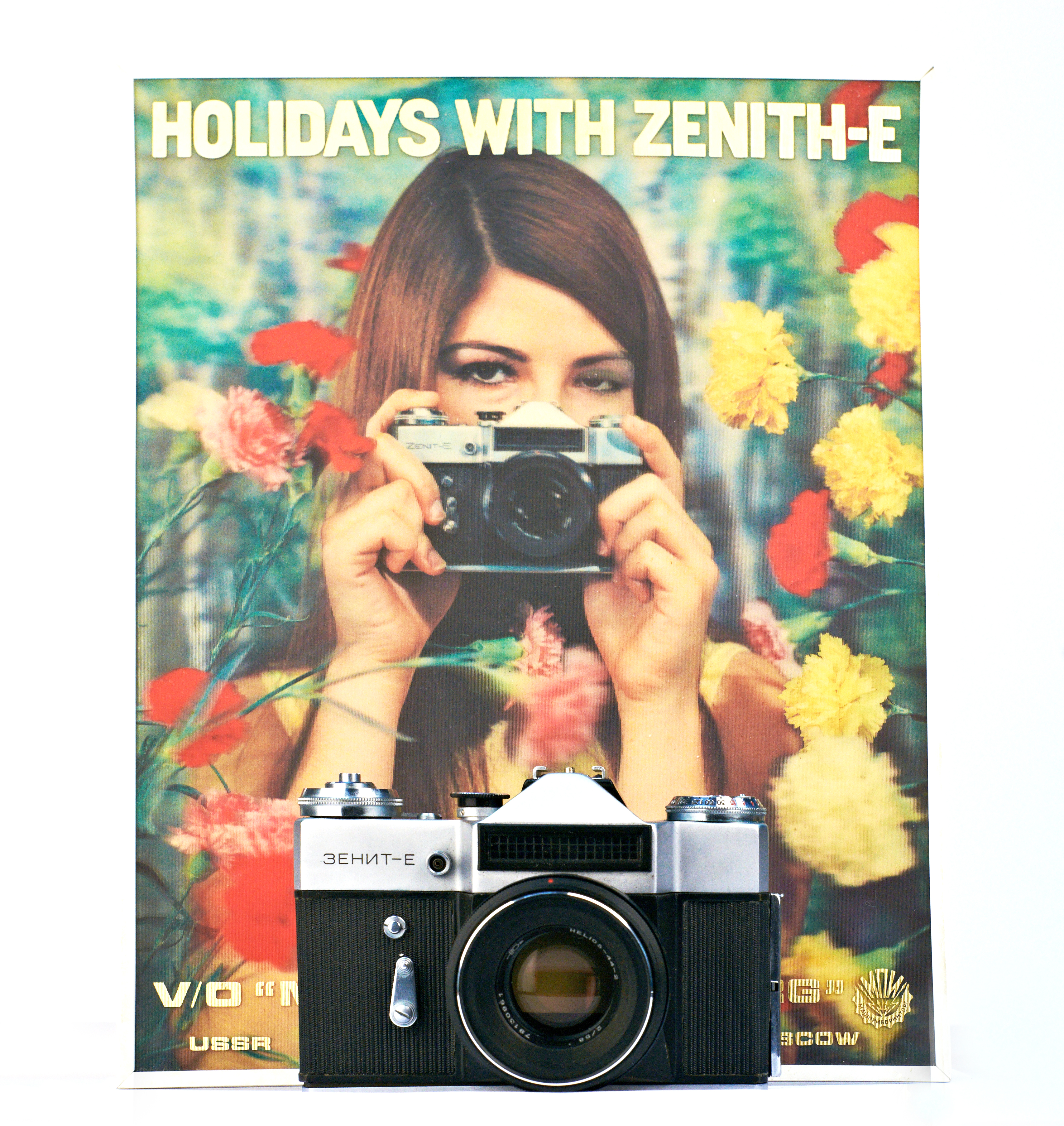
The exhibition has a wide target group, attracting design students as much as other people of all ages. Some are here out of curiosity, whereas others are looking for a dose of nostalgia. The soviet design event also welcomes foreigners who are interested in this particular lifestyle and era, providing an English translation of all materials (Image: © Moscow Design Museum)
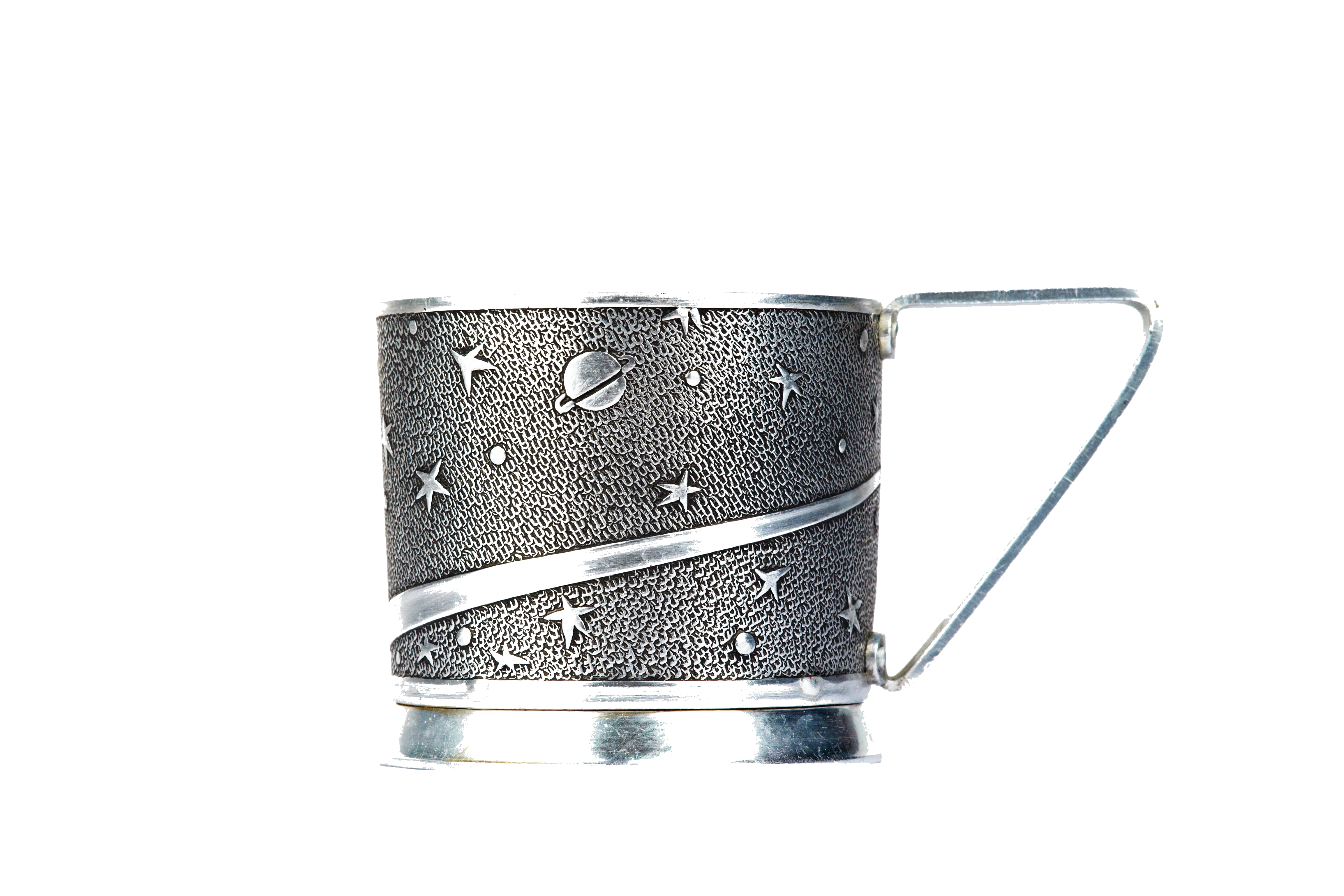
Indeed, specialists are seeing a boom of interest not only in soviet design, but in soviet symbols as a whole. In Moscow there are at least ten restaurants and cafes which use the soviet lifestyle and objects in their interior decoration. Contemporary Russian designers such as Denis Simachev also integrate soviet attributes into their outfits. For example, he puts big prints such as 'made in USSR' on a red background, or uses traditional Russian fur hats called 'ushanka' (Image: © Moscow Design Museum)
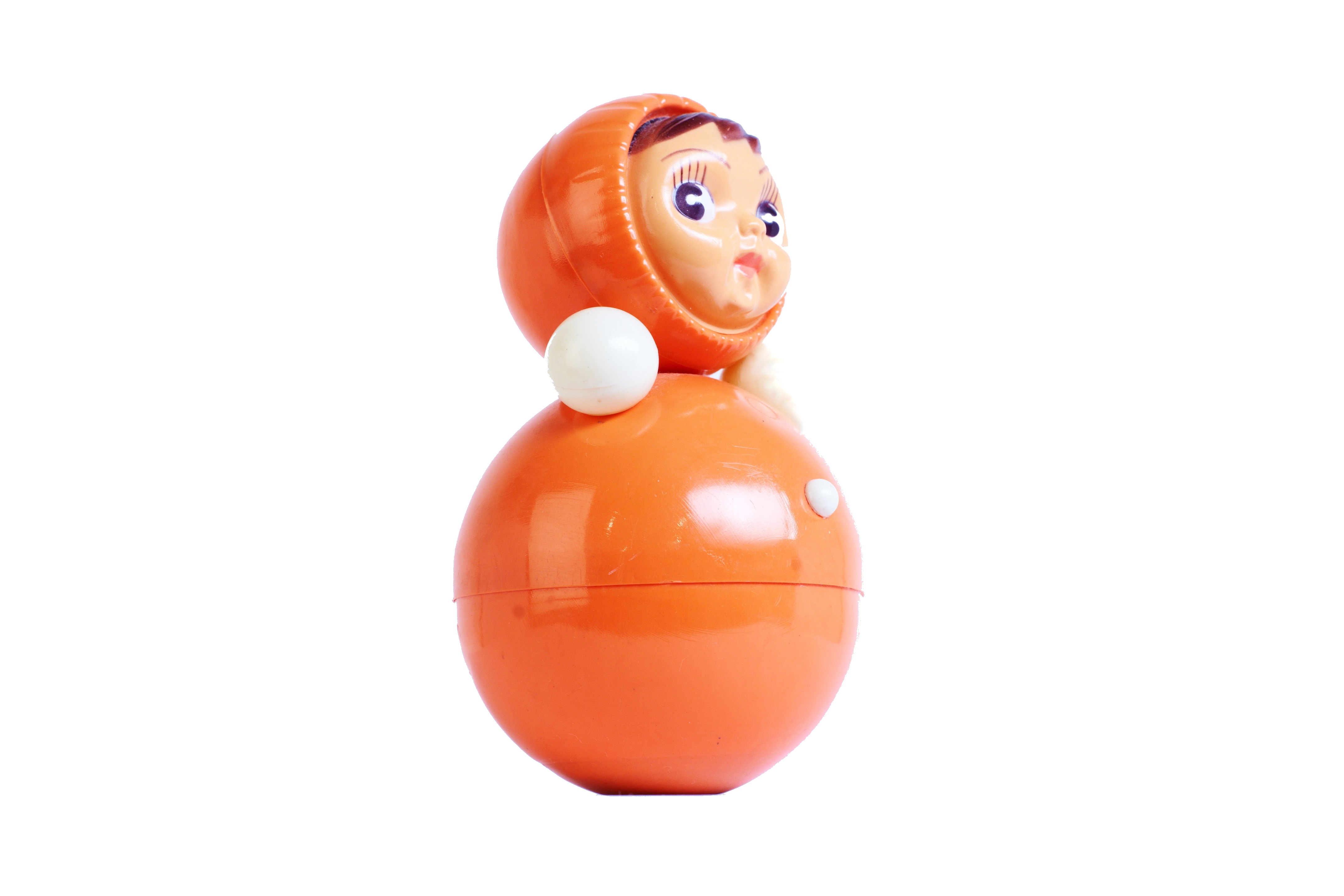
‘You can call it nostalgia, vintage,’ says Vladimir Pirojkov, who is an industrial designer. ‘Time has passed and people just perceive everything soviet as retro stuff. However, we cannot ignore the fact that soviet design legged behind the west. It was not made for the people’. Pictured, the most nostalgic thing for me personally: a tilting doll called 'nevalyashka' (Image: © Moscow Design Museum)
The soviet design 1950s-1980s exhibition runs until 20 January 2013. The organisers are discussing possibilities of holding similar exhibitions in Great Britain and the Netherlands



